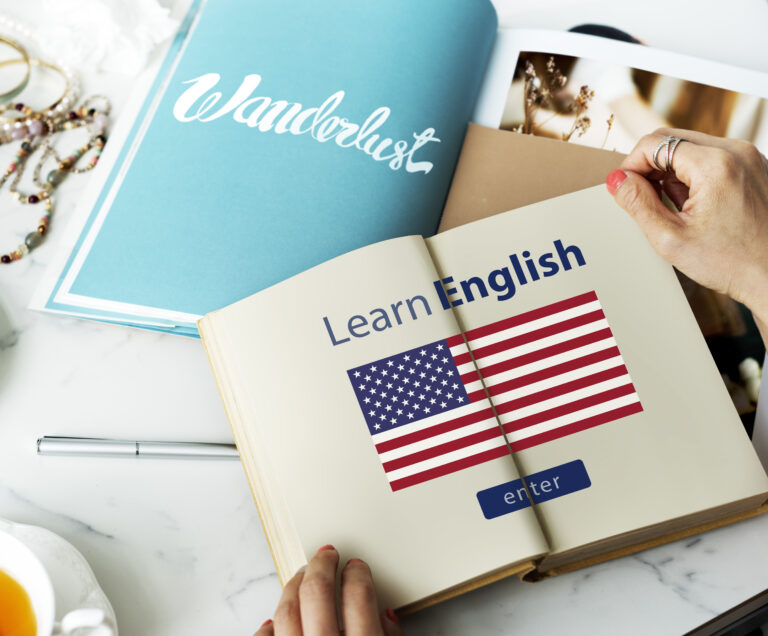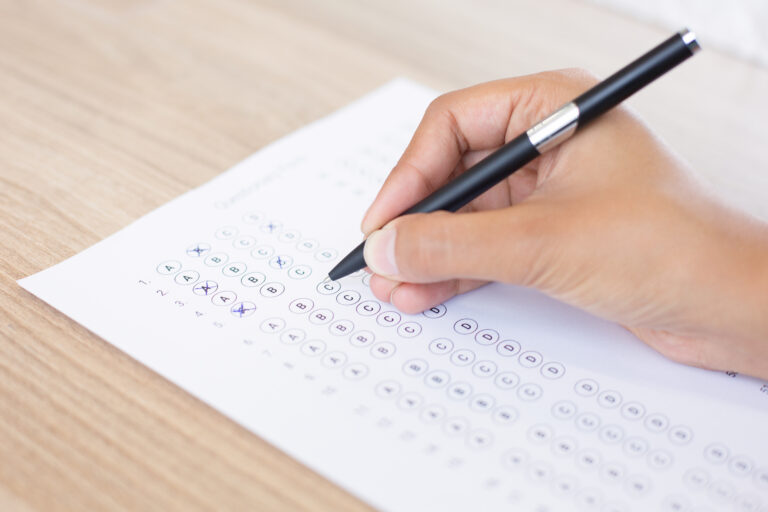
- Home
- Tackle Complex Passages in IELTS Reading
- Priya
- 0 Comments
- February 23, 2025

"Master Matching Headings in IELTS Reading"
Matching headings is one of the most challenging question types in the IELTS Reading test. It requires test-takers to match a list of headings to the correct paragraphs in a passage. This task assesses your ability to identify main ideas, recognize paragraph structures, and distinguish between key details and supporting information. Many candidates struggle with this question type due to similar-sounding headings, paraphrased ideas, and time pressure. However, with the right approach and practice, you can tackle matching headings questions effectively. In this blog, we’ll explore strategies to help you improve accuracy and speed in answering these questions.
Understanding Matching Headings Questions
What Are Matching Headings Questions?
Matching headings questions require you to choose the most suitable heading for each paragraph from a given list. A heading is a short phrase that summarizes the main idea of a paragraph. Unlike other IELTS reading questions, this task does not focus on specific details but rather on the overall theme of each section. The challenge lies in identifying the central idea and avoiding confusion with similar-sounding headings.
Common Challenges in Matching Headings
Many candidates find this task difficult because headings are often paraphrased versions of paragraph ideas. The first few sentences of a paragraph may seem unrelated to the heading, making it harder to match correctly. Additionally, IELTS often includes distractors—headings that sound correct but don’t fully match the paragraph’s theme. Without the right technique, test-takers may spend too much time re-reading paragraphs, leading to poor time management.
How IELTS Tests Your Skills
Matching headings questions test your ability to quickly grasp main ideas, understand logical flow, and differentiate between primary and supporting details. Strong skimming skills are essential, as the test does not require word-for-word matching but rather an understanding of how ideas are expressed differently. The better your ability to identify key ideas, the higher your chances of choosing the correct headings.
Strategies for Matching Headings Questions
Read the Headings First
Before reading the passage, take 30-40 seconds to go through the list of headings. Identify key words and synonyms that might appear in the passage. This step helps you anticipate the main themes of the paragraphs and prepares you to recognize relevant ideas while reading.
Skim Each Paragraph for the Main Idea
Instead of reading each paragraph word-for-word, skim for the main idea by focusing on:
- The first and last sentences – These often contain the topic and conclusion.
- Repeated words or phrases – These indicate the core theme of the paragraph.
- Contrast words like however, despite, on the other hand – These highlight shifts in meaning that may match a heading.
By skimming efficiently, you can match headings without getting stuck on unnecessary details.
Match Easy Headings First
Some headings will be clear and straightforward, making them easier to match. If a paragraph obviously fits a heading, write down the answer immediately. This strategy saves time and allows you to focus on more difficult matches later.
Time Management Tips for Matching Headings
Use the Elimination Method
If you are unsure about a heading, eliminate options that do not fit. Cross out headings that have already been matched to paragraphs. This narrows down your choices and makes it easier to focus on remaining options.
Don’t Match Based on Single Words
IELTS often tricks candidates by using the same words in both the paragraph and heading, even when they don’t relate to the main idea. Instead of focusing on word matches, focus on concept matches. The best heading summarizes the full paragraph, not just one sentence.
Move On If You’re Stuck
If a paragraph seems confusing, don’t waste too much time trying to match a heading. Skip it and move on to easier matches. You can always return later with fresh insight. Effective time management ensures that you attempt all questions within the 60-minute limit.
Common Mistakes in Matching Headings Questions
Matching Based on One Sentence
One of the biggest mistakes candidates make is choosing a heading after reading only the first sentence. While introductions are important, some paragraphs introduce a topic but later shift focus. Always read the full paragraph quickly before making a decision.
Ignoring the Overall Meaning
Some test-takers match headings based on minor details rather than the main theme. Avoid picking a heading just because one sentence in the paragraph seems to match—look at the bigger picture
Choosing Similar-Sounding Headings
IELTS often includes two or more headings that look similar but have subtle differences. Pay close attention to key words in the heading and how they relate to the paragraph’s message. If two headings seem correct, compare them carefully and eliminate the less accurate one.
How to Improve Your Matching Headings Skills
Practice with Different Text Types
IELTS passages come from books, newspapers, and academic journals, meaning they cover various styles and structures. Practicing with different types of reading material will help you become comfortable with different writing patterns and improve your ability to quickly identify main ideas.
Conclusion
Matching headings in IELTS Reading can be challenging, but with the right strategies and regular practice, you can significantly improve your performance. Focus on reading the headings first, skimming effectively, eliminating incorrect choices, and managing time wisely. Avoid common mistakes like matching based on single words or choosing headings that cover only part of the paragraph. By practicing with a variety of passages and reviewing your mistakes, you can build the confidence needed to master matching headings questions and achieve a high IELTS Reading score. Keep practicing, and success will follow!
Section Title
“Master Matching Headings in IELTS Reading” Matching headings is one of the most...
Decode True/False Questions in IELTS Reading True/False/Not Given (TFNG) questions in the IELTS...
Band 9 Tips for Skimming in IELTS Reading Skimming is one of the most crucial techniques for...
Key Techniques for IELTS Reading Section 1 The IELTS Reading test is divided into three sections...
Vocabulary for IELTS Reading Success Vocabulary plays a crucial role in the IELTS Reading test, as...
Time Management for IELTS Reading The IELTS Reading test is one of the most challenging sections for...
Avoid Common IELTS Reading Mistakes The IELTS Reading test can be tricky, and many candidates lose...
Strategies for Tackling IELTS Reading The IELTS Reading section can be a major challenge due to time...
Guide to High Scores in IELTS Reading The IELTS Reading section is one of the most challenging parts...










Leave a Comment